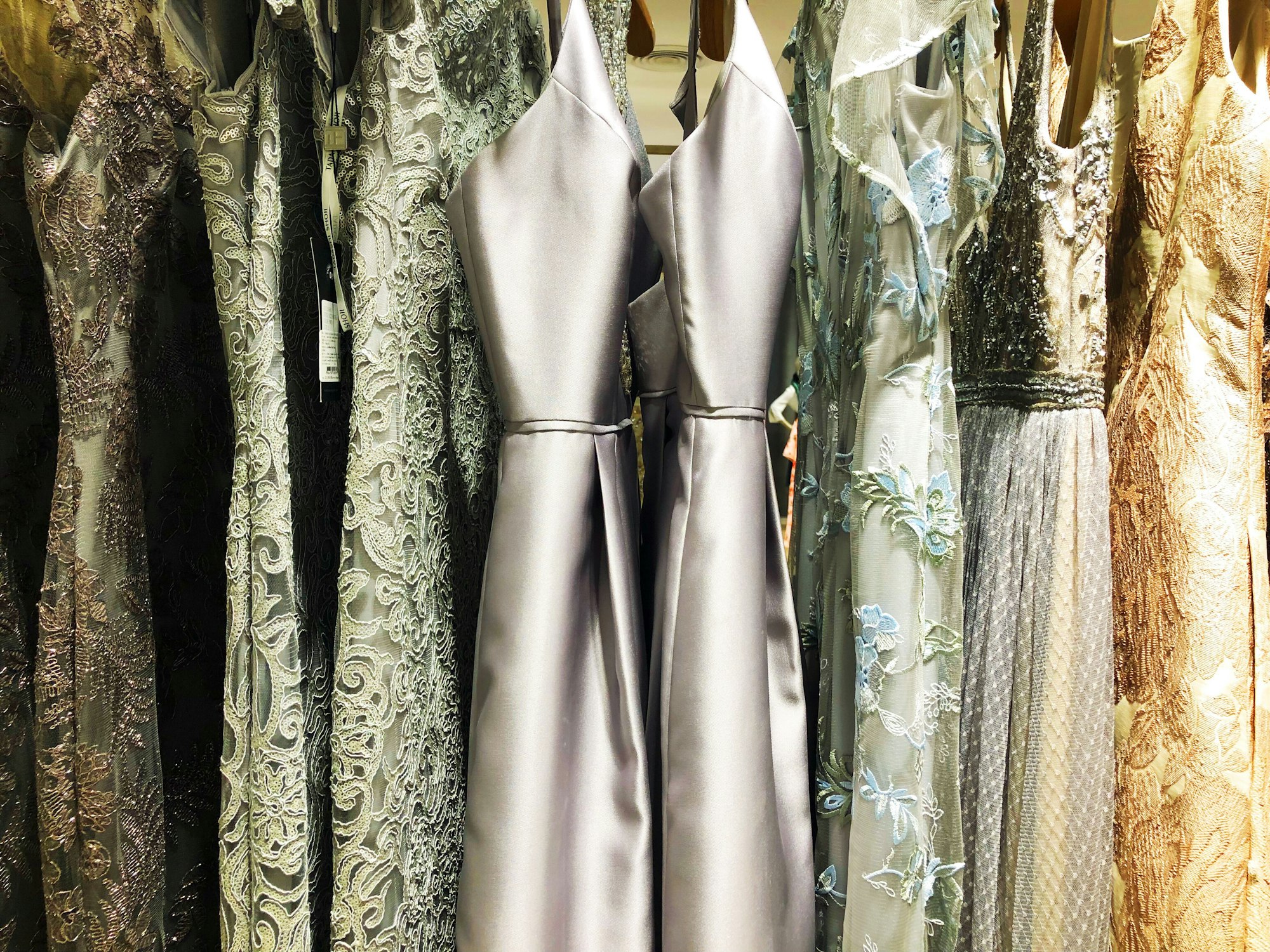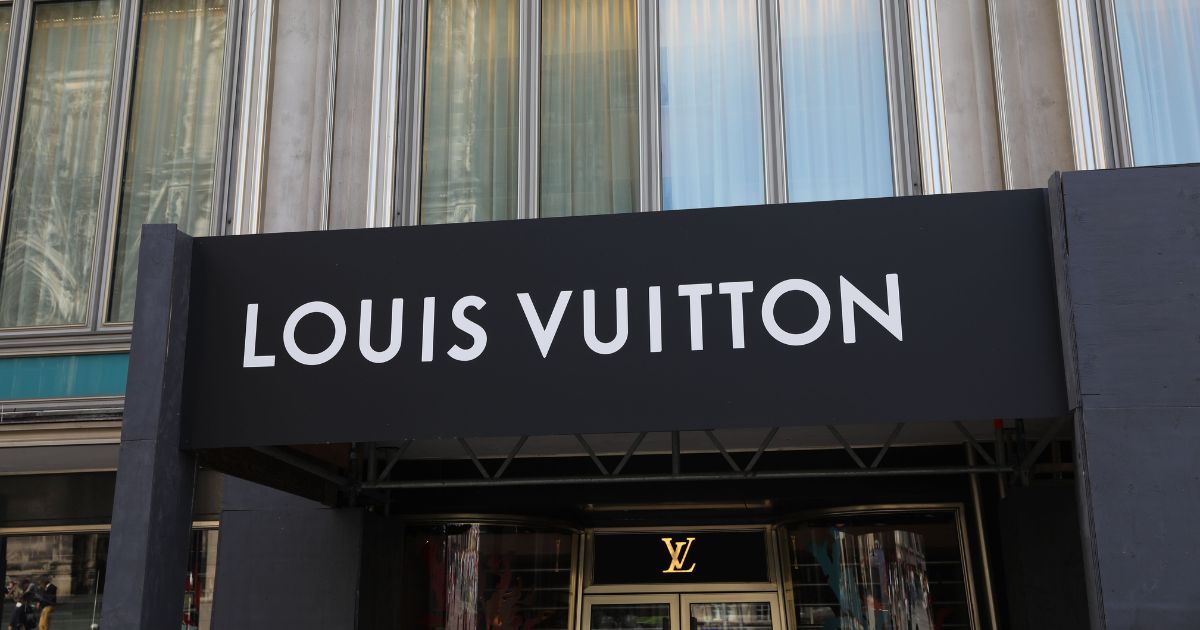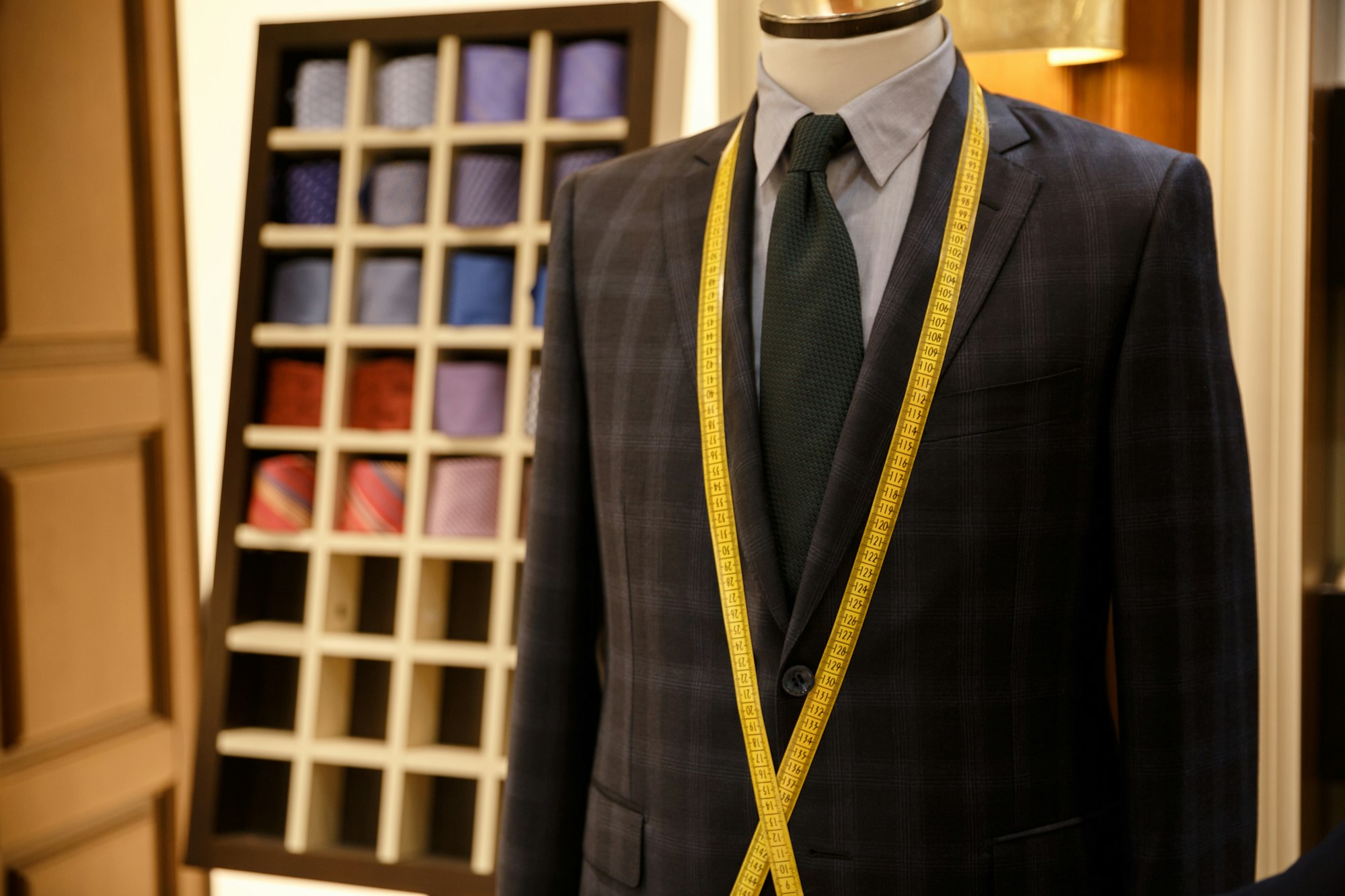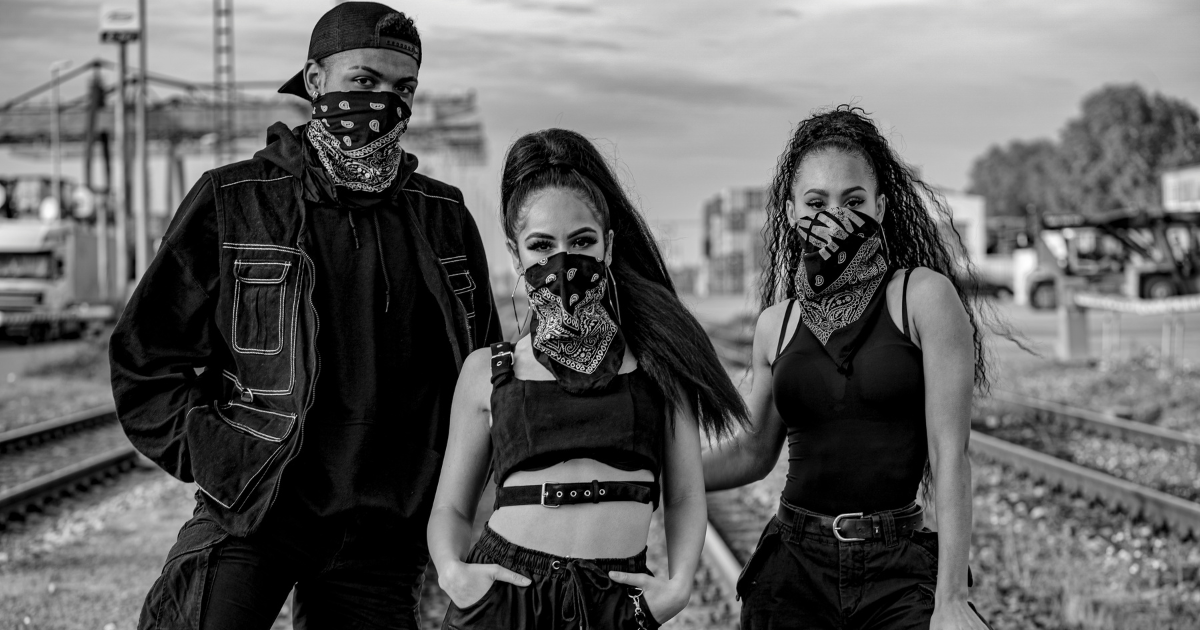Luxurious. Handcrafted. Meticulous. These are all words that describe Haute Couture. With its reputation of involving the highest level of workmanship and skill in clothing, one may consider how it has been able to flourish all these years.
The answer to that is more complicated than it seems. During World War II, once German troops set foot in Paris, international designers fled, businesses were shut down, and many workers were killed. The future seems bleak for haute couture, that is, until designer Lucien Lelong entered the picture.
As a haute couture designer, Lelong was driven to keep the industry in Paris. He was able to negotiate with the Germans to not move the industry to Austria and instead to stay in Paris, arguing that the ateliers would work most efficiently and to their best ability in Paris. Hitler reluctantly allowed this with the condition that they would follow Nazi regulations and to stop all exports. As a result of his decision, Paris was cut off from knowledge about trends from the outside world.
Despite this, the haute couture designs continued to be intricate and extravagant. Coupled with the fact that top designers worked together with occupational forces, this eventually led to controversies. It could be argued that they did this to protect themselves as well as the industry. Their cooperation and collaboration during this time was necessary for survival. Still, as Paris suffered from fabric shortages, couture houses continued to operate.
Following the scandal, trade organization the Chambre Syndicale started to send miniature mannequins to international buyers in order to increase the popularity of haute couture in what was known as the Théâtre de la Mode.
This had a significant impact that sparked a renewed interest in haute couture. As the dolls traveled around the world, haute couture was exposed to the globe. From the tight embroidery to the intricate detailing, haute couture took the world by storm.
Works Cited
De La Haye, Amy. “Essay: Haute Couture under Occupation | SHOWstudio.” Showstudio.com, 1 July 2020, www.showstudio.com/projects/fashion-in-a-time-of-crisis/haute-couture-under-occupation#:~:text=By%20February%201943%2C%20just%2047. Accessed 9 Aug. 2024.
erinnlarsen. “Haute Couture during World War II.” Refashioning History, 22 May 2017, refashioninghistory.com/2017/05/21/haute-couture-during-world-war-ii/.
Unsplash. Woman Wearing Gray and Black One-Shoulder Dress, 11 Sept. 2019, unsplash.com/photos/woman-wearing-gray-and-black-one-shoulder-dress-XRDvrd5N5Ww.
Author name: Valerie Lam

















